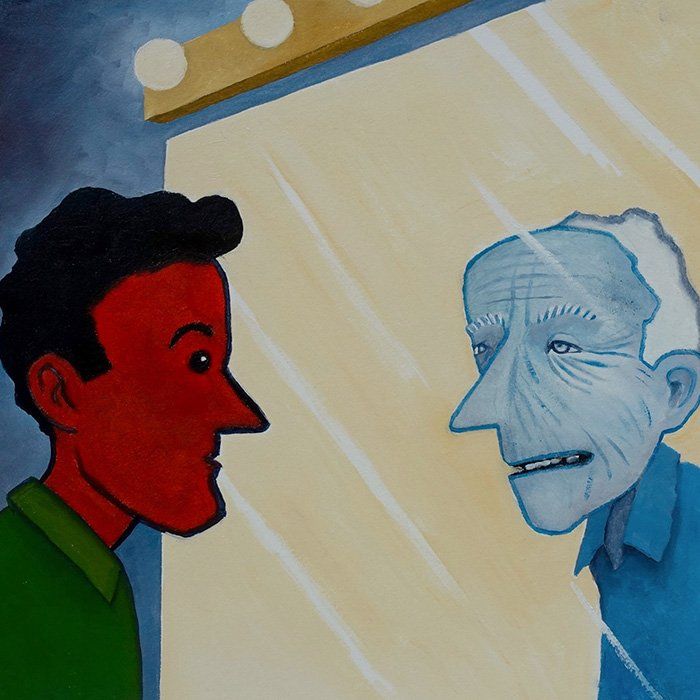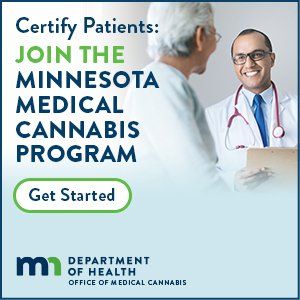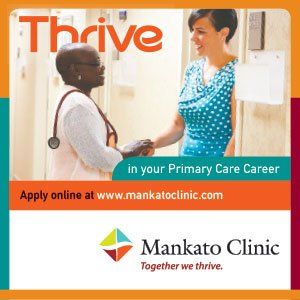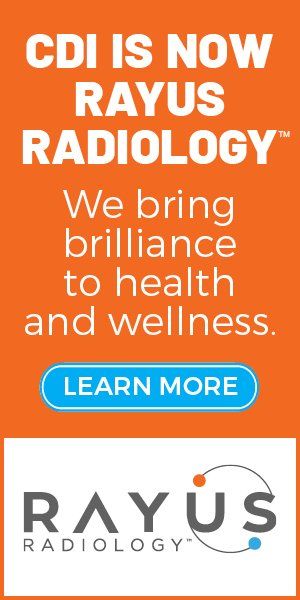mericans are conflicted about aging. We seek longevity but fear growing older. And no wonder. According to California State University psychology professor Todd Nelson, “Old age is stereotypically perceived as a negative time–the older person suffers declines in physical attributes, mental acuity, loss of identity (retirement from job), loss of respect from society and increasing dependence on others.” Much of the negativity associated with aging is based on myths and is rooted in ageism.
cover story one
Understanding Ageism
Prejudice against our future self
By Dawn Simonson, MPA
In its “Global Report on Ageism” issued earlier this year, the World Health Organization (WHO) defines ageism as “how we think (stereotypes), feel (prejudice) and act (discrimination) towards others or ourselves based on age.” Ageism is based in stereotypes, biases and misconceptions learned in childhood and reinforced throughout life. It can impact both young and old, but the most detrimental impacts on health and well-being have been documented in older people. The WHO report notes that “ageism is prevalent, ubiquitous and insidious because it goes largely unrecognised and unchallenged.”
As a society, we are seeing some momentum in creating age-friendly environments and attitudes; one example is the “AARP Age-Friendly Communities” movement. Nonetheless, ageism continues to be a significant social determinant that impacts health.
You should assume that you are ageist and educate yourself about the impacts.
Impacts of ageism on older adults
WHO reports that: “Ageism shortens lives, leads to poorer physical health and worse health behaviours, impedes recovery from disability, results in poorer mental health, exacerbates social isolation and loneliness and reduces quality of life. Ageism takes a heavy economic toll on individuals and society, contributing to financial insecurity and poverty and costing society billions of dollars.
A recent study by Becca Levy at Yale University found that ageism is a major contributor to the eight most expensive health conditions, including cardiovascular disease, chronic respiratory disease and diabetes. The report estimates an excess annual cost from the effects of ageism at $63 billion.
Intersectionality with other “isms”
The effects of ageism are compounded for people who face other types of discrimination, particularly people of color, women, LGBTQ and people with physical or mental disabilities. A lifetime of inequities exacerbated by historical trauma puts older BIPOC (Black, Indigenous and People of Color) at greater risk of negative outcomes in all aspects of their lives. A lack of trust in systems that have often betrayed them means older BIPOC individuals are less likely to seek medical care and less likely to reap the full benefit from the treatments they receive. Elders in immigrant communities—many of whom are non-English speakers—face additional challenges. Being old is one more factor that sets them apart.
LGBTQ elders face discrimination in housing, long-term care settings and in-home care. Many choose to bypass care for fear of not being treated well. Some feel going back into the closet at the end of their lives is their only option. A recent PBS report noted LGBTQ seniors are also at greater risk for social isolation “because they are less likely to have children and are more likely to live alone or estranged from their families.”
People with disabilities and those with low incomes are likely to feel the impacts of ageism to a greater extent. A person who is in a wheelchair or uses a walker is easily discounted as someone who has no capacity at all.
People who have financial means can often work around obstacles presented by prejudices. Those without means are often forced to make trade-offs, such as choosing between purchasing food or medications or retaining their housing. About one-third of older adults live on social security alone, and on average, the monthly benefit is $1,543, an inadequate level for maintaining health and well-being.
Self-directed ageism
Nelson, the Cal State psychology professor who researches cognitive neuroscience as it impacts stereotyping and prejudice, calls ageism prejudice against our future self. Fear and loathing of a less vital self become actions that discount and harm older persons. His findings are in keeping with the extensive research done by Levy on how negative self-perceptions about our own aging contribute to poor health outcomes including shorter lifespans—on average 7 1/2 years shorter.
Older adults themselves can be some of the greatest offenders of ageist behavior. Comments like having a “senior moment”, or being too old become self-defeating prophecies. Far from harmless, these comments and the thoughts that accompany the comments can cause real damage.
Ageism and COVID
As of December 1, 2021, more than a half a million people aged 65 and over have died from COVID-19—75% of all deaths. The prevalence of deaths among older people has fueled negative stereotypes about older adults, sometimes surfacing deeply embedded ageism such as a belief that an old life is not as valuable as a young life or “that they’re going to die anyway.”
In recognition of the danger of being left behind due to bias about age and ability, the U.S. Department of Health’s Civil Rights Office issued a special bulletin in the early days of COVID-19, explicitly stating:
“[P]ersons with disabilities should not be denied medical care on the basis of stereotypes, assessments of quality of life, or judgments about a person’s relative ‘worth’ based on the presence or absence of disabilities or age.”
COVID-19 has had the greatest impact on people of color, those with low incomes and others who face health disparities, including people experiencing homelessness. BIPOC elders are both at higher risk of contracting COVID and of having more serious consequences of the disease, due in large part to lifelong disparities in social and medical care.
Ageism continues to be a significant social determinant that impacts health.
Ageism in medicine
Ageism is found in medicine at both the systemic/institutional level and at the individual level. One in five people have reported encountering ageism in the health care system.
At the institutional level
- Older adults are rarely included in clinical trials, though older adults often react differently to treatments and inadequate testing can be harmful to them.
- Professionals who focus on older adult care are not treated with the same respect or rewards as other specialties.
- There is a lack of investment in the supports that are necessary for care of older adults. For example, there is minimal infrastructure for people receiving home-based services and therefore avoiding costly institutional care.
At the practice level
- Older people often receive less aggressive treatment for ailments, many of which are dismissed as a natural part of aging.
- Changes that are a natural part of the continuous process of aging are often treated as though they are diseases.
- Older adults are commonly over-treated with excess prescriptions and other therapies that are not in keeping with the patient’s goals.
- Older adults are prescribed treatments that put them at risk for other issues. The Washington Post reports that 94% of older adults have been prescribed a drug that increased their risk of falling at a time when the rate of death from falling is skyrocketing.
The provider/patient relationship is fertile ground for supportive reinforcement of positive behaviors and attitudes. It can also be a minefield of damaging biases and prejudices. Here are some ways in which ageism towards older adults can enter these relationships.
Devaluing older adults
Louise Aronson, in her book, Elderhood: Redefining Aging, Transforming Medicine, Reimagining Life, notes, “The devaluing of old people is ubiquitous and unquestioned, a great unifier across the usual divides of class, race, geography and even age.” She shares an example of a physician lamenting that he had only allocated 15 minutes for admitting a dying woman, assuming it was “yet another dying old woman.” Once he got to the patient, he realized the woman was 40 years old, and he said he should have allocated more time. He identified the problem as not knowing the age of the dying person, rather than devaluing the life of an older person.
Assuming a person lacks agency
The ability of a person to contribute to decisions and choices in their life differs for each person, independent of age. When you assume that a person does not have capacity based simply upon age, you take away their dignity. One way this displays itself is when a health care provider addresses the caregiver rather than the older adult patient. Throughout life, people need others. We constantly balance independence and dependence, and the balance between the two moves back and forth at different points in our lives. It is no different as people age.
Treating people in a patronizing or condescending manner
This has been called “poor dear” syndrome or “elderspeak.” On the surface, it may seem to be kind and caring. But when the underlying belief is that an older person needs to be taken care of or cannot make their own decisions, it can be hurtful and diminishing. This can also include over-accommodating speech (talking slowly or loudly), condescending comments (“It’s so nice to see you using an iPad”) and projections of lack of ability.
Using backhanded compliments
A comment such as, “How are you doing today, young lady?” to an old women might appear to be a compliment, but it masks a belief that aging/old is not desirable. Other examples of backhanded compliments include “You’re young at heart” and “You look great for your age.”
Addressing ageism
Here is a three-step process you can use to help to reduce ageism in medical institutions and in individual practice.
Educate yourself
Ageist attitudes are pervasive and unavoidable in our youth-oriented society. You should assume that you are ageist and educate yourself about the impacts of ageism and how you can use your authority to act and lessen its effects. If you have authority at an institutional level, ensure age discrimination is a part of your overall diversity, equity and inclusion efforts and everyone in your organization is trained on ageism.
Fight implicit bias
Eliminating bias is an everyday task. Being aware of your biases and counteracting them is a practice that can be learned and incorporated into actions to reduce the harms of ageism.
Use a whole person approach
Rather than seeing an older adult through eyes that are colored by stereotypes, see the individual who is in front of you. Remember that older adults are extremely diverse. They are not a large and impersonal political, corporate, or social structure to be regarded as intractably indivisible and uniform. Each has been informed by different experiences over a lifetime and has unique characteristics, abilities and desires. Adopting Louise Aronson’s three stages of life—childhood, adulthood, and elderhood—could be a start in honoring the range of attributes of elders.
Conclusion
Use your power to make change at the individual level and the institutional level. Physicians and other health care professionals have tremendous power to influence a patient’s sense of themselves and their willingness to take action to care for themselves. Studies have shown that patients are more likely to sign up for an evidence-based health promotion class if their physician recommends it. Getting your attitude right about aging and the challenges and opportunities of aging can make a major difference in older people’s health and well-being. At an institutional level, change comes when individuals recognize the need and make it happen. If you are looking for a way to get started, look to the John A. Hartford Foundations’s Age-Friendly Health Systems initiative. The foundation is doing pioneering work in helping organizations use evidence-based models and practice to better serve older adults while achieving the triple aim of health care.
Resources for further information
- Elderhood: Redefining Aging, Transforming Medicine, Reimagining Life. Louise Aronson. https://louisearonson.com/books/elderhood/
- “They Treat Me Like I’m Old and Stupid’: Seniors Decry Health Providers’ Age Bias.” https://khn.org/news/article/ageism-health-care-seniors-decry-bias-inappropriate-treatment/
- Age Friendly Minnesota MN Dept of HS.
- Minnesota Elder Justice Center.
Dawn Simonson, MPA,
is President and CEO of Trellis, a Minnesota nonprofit organization providing services, information and connections that help people optimize well-being as they age. Trellis provides backbone support for the Juniper network, a provider of evidence-based disease self-management and fall prevention classes for older adults. Trellis is committed to serving our aging communities with equity and inclusivity.
MORE STORIES IN THIS ISSUE

















